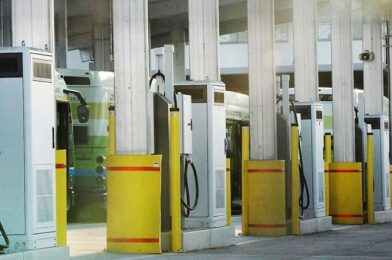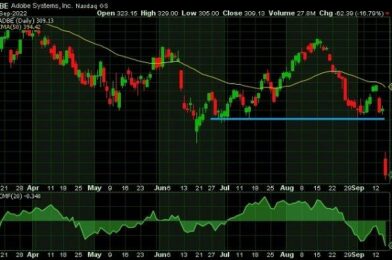Banking giant HSBC will not be offering crypto services, according to CEO Noel Quinn. Noting that HSBC is more negative on crypto than other banks, the executive stressed: “I do worry about the sustainability of the valuations of crypto.”
HSBC Will Not Get Into Crypto, CEO Says
The chief executive of HSBC, Noel Quinn, talked about his bank’s cryptocurrency stance in an interview with CNBC-TV18 last week. He confirmed:
As a bank, we’re not getting into the crypto world, crypto trading, crypto exchanges.
Emphasizing that cryptocurrencies are too volatile, the HSBC chief said: “I do worry about the sustainability of the valuations of crypto and I have done for a while. I’m not going to predict where it will go in the future.”
Quinn proceeded to explain why HSBC is more negative on crypto than other banks. He stated:
As a product, I questioned its suitability for many of the consumers in the marketplace today. So that’s why HSBC is more negative on crypto than other banks.
In May last year, Quinn told Reuters: “I view bitcoin as more of an asset class than a payments vehicle, with very difficult questions about how to value it on the balance sheet of clients because it is so volatile.”
He added: “Given the volatility, we are not into bitcoin as an asset class … We are not promoting it as an asset class within our wealth management business.”
As for stablecoins, Quinn said at the time: “For similar reasons, we’re not rushing into stablecoins.” He explained that stablecoins “do have some reserve backing behind them to address the stored value concerns, but it depends on who the sponsoring organization is, plus the structure and accessibility of the reserve.”
In April last year, HSBC Canada notified clients that its crypto policy had changed, stating that it would not facilitate the buying or exchange of products related to virtual currencies. For example, clients could no longer buy shares of Microstrategy (MSTR-US) through HSBC Invest Direct.
What do you think about the comments by HSBC CEO Noel Quinn about cryptocurrency? Let us know in the comments section below.
Image Credits: Shutterstock, Pixabay, Wiki Commons
Disclaimer: This article is for informational purposes only. It is not a direct offer or solicitation of an offer to buy or sell, or a recommendation or endorsement of any products, services, or companies. Bitcoin.com does not provide investment, tax, legal, or accounting advice. Neither the company nor the author is responsible, directly or indirectly, for any damage or loss caused or alleged to be caused by or in connection with the use of or reliance on any content, goods or services mentioned in this article.



